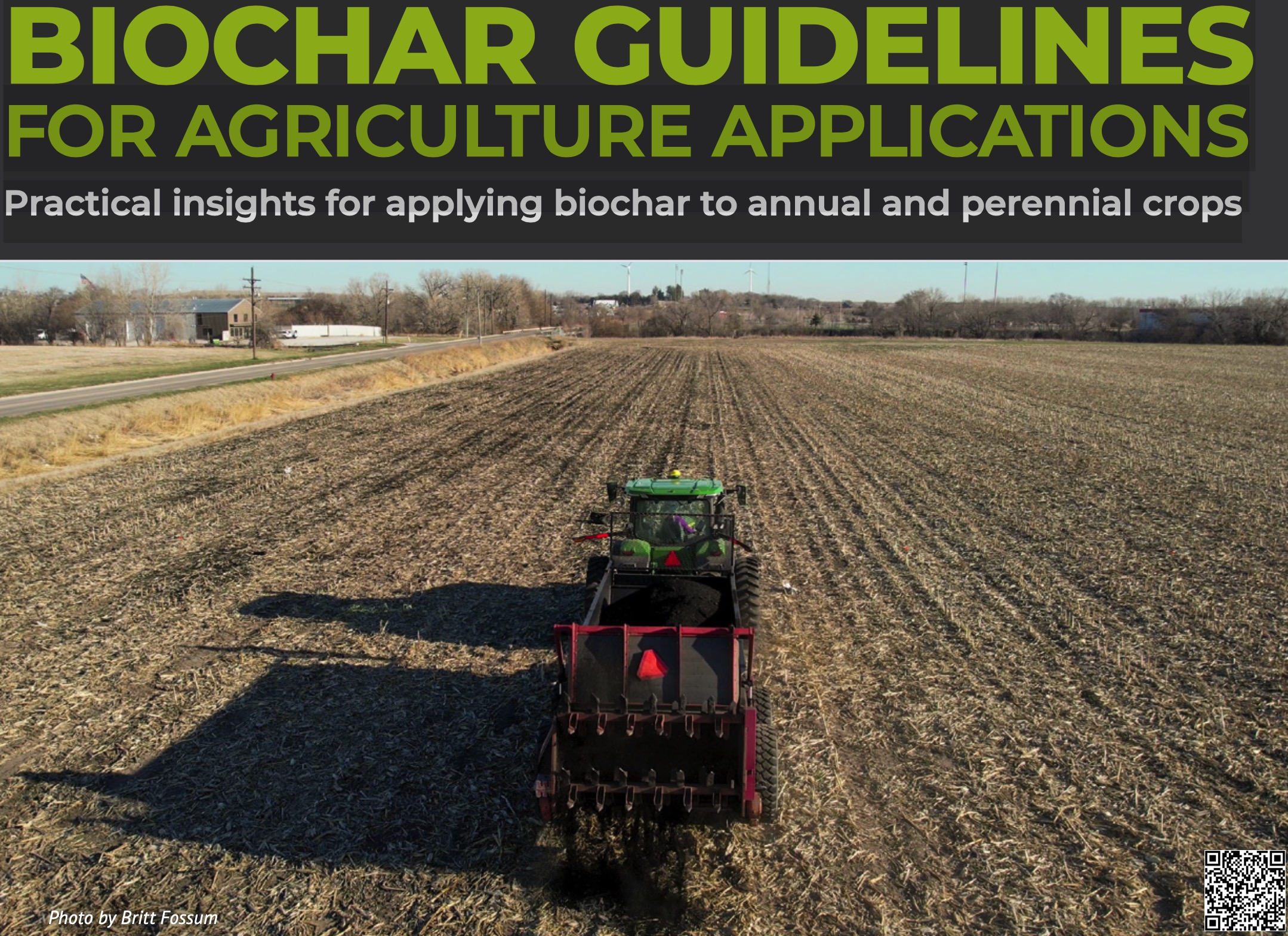
Biochar Crop Application Guidelines
Biochar Guidelines for Agriculture Applications (Part 1) Practical insights for applying biochar to annual and perennial…

Field Application of Poultry Litter Biochar
Research on phosphorus fertilizer in corn at a UF/IFAS research site in Ci
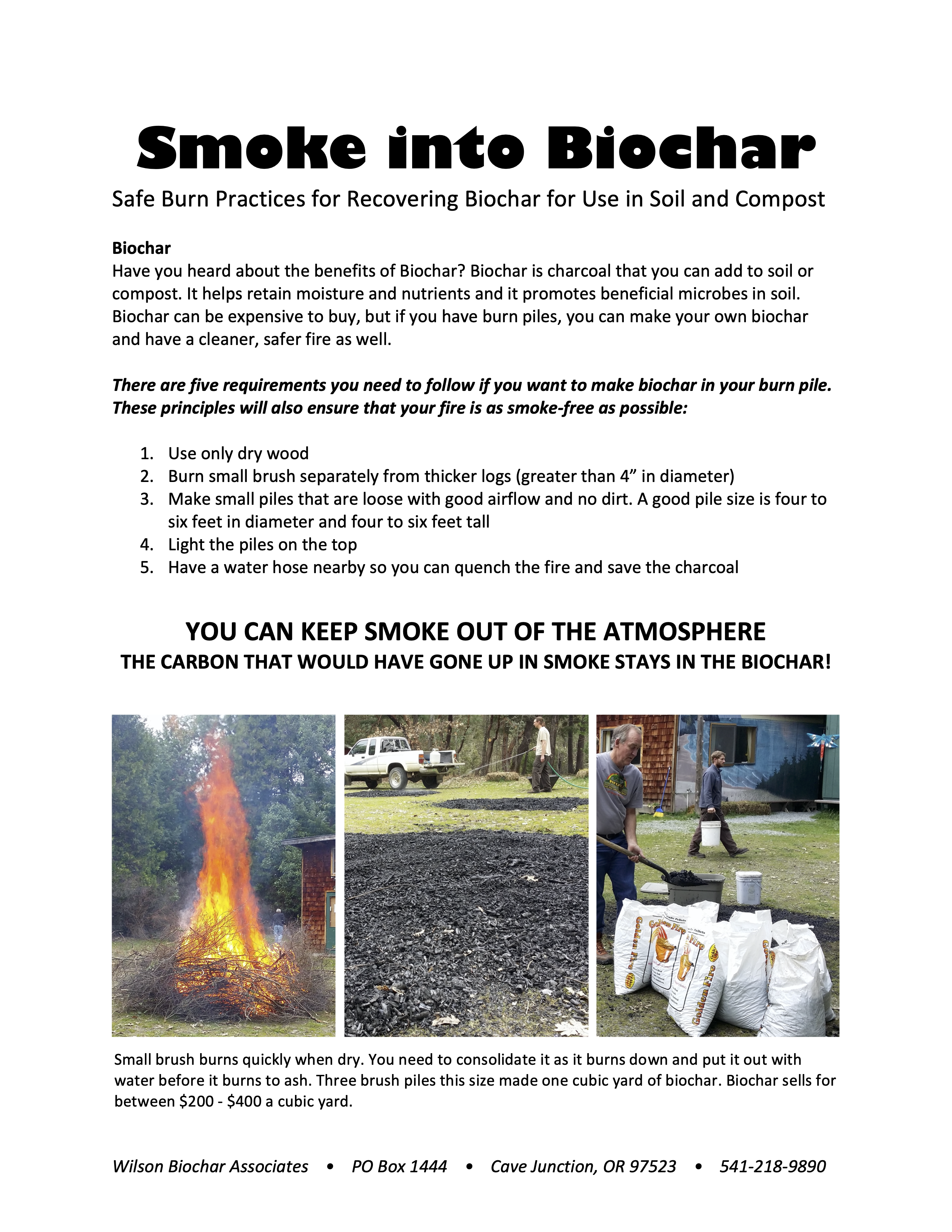
Smoke Into Biochar: Safe Burn Practices for Recovering Biochar for Use in Soil and Compost
The top-down pile burning technique is a cleaner burning fire that produces biochar. This guideline gives step-by-step instructions for making biochar…
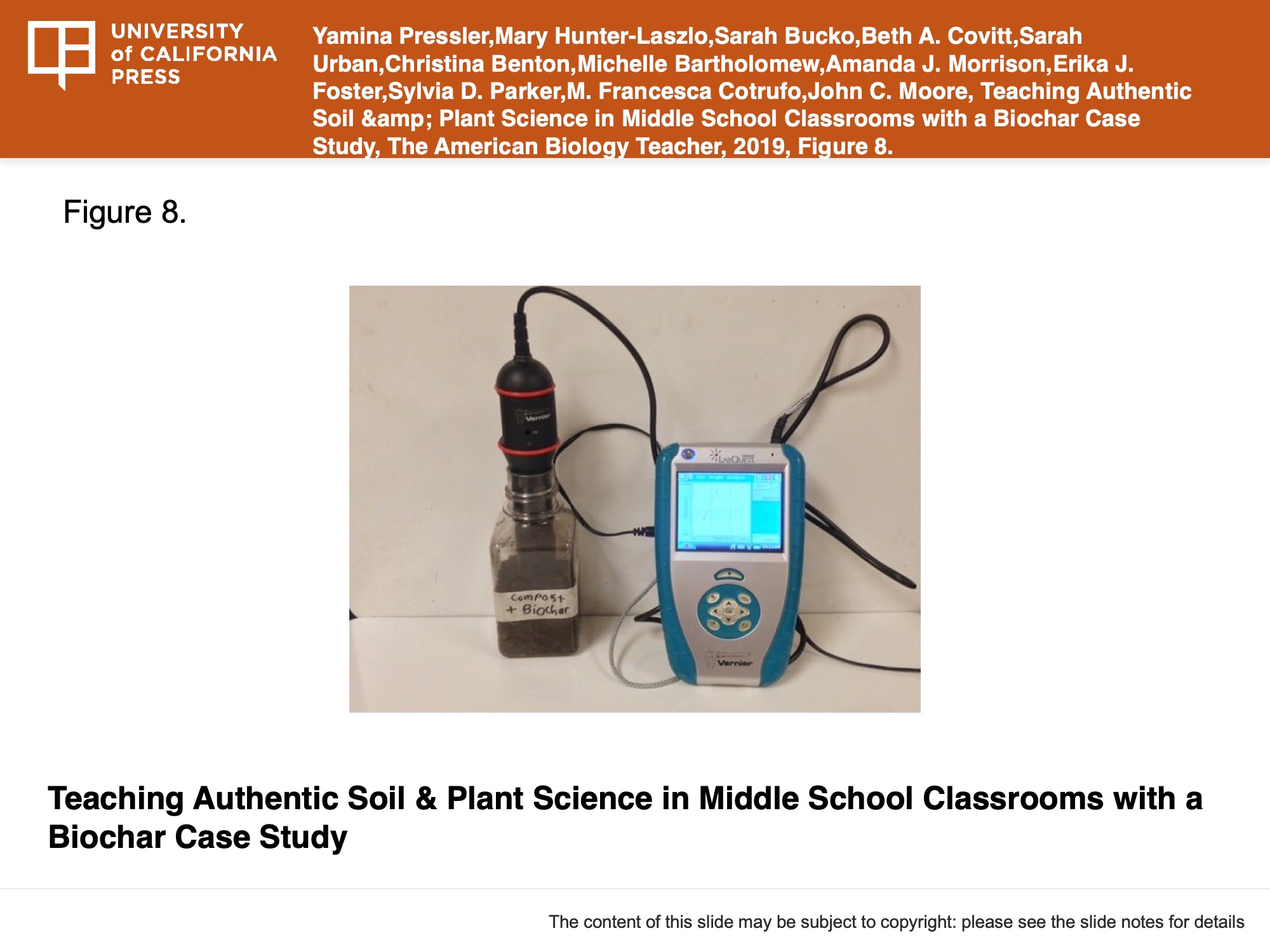
Teaching Authentic Soil & Plant Science in Middle School Classrooms, a Biochar Case Study
Researchers designed two classroom experiments focused on the use of biochar as a soil amendment to improve soil health.
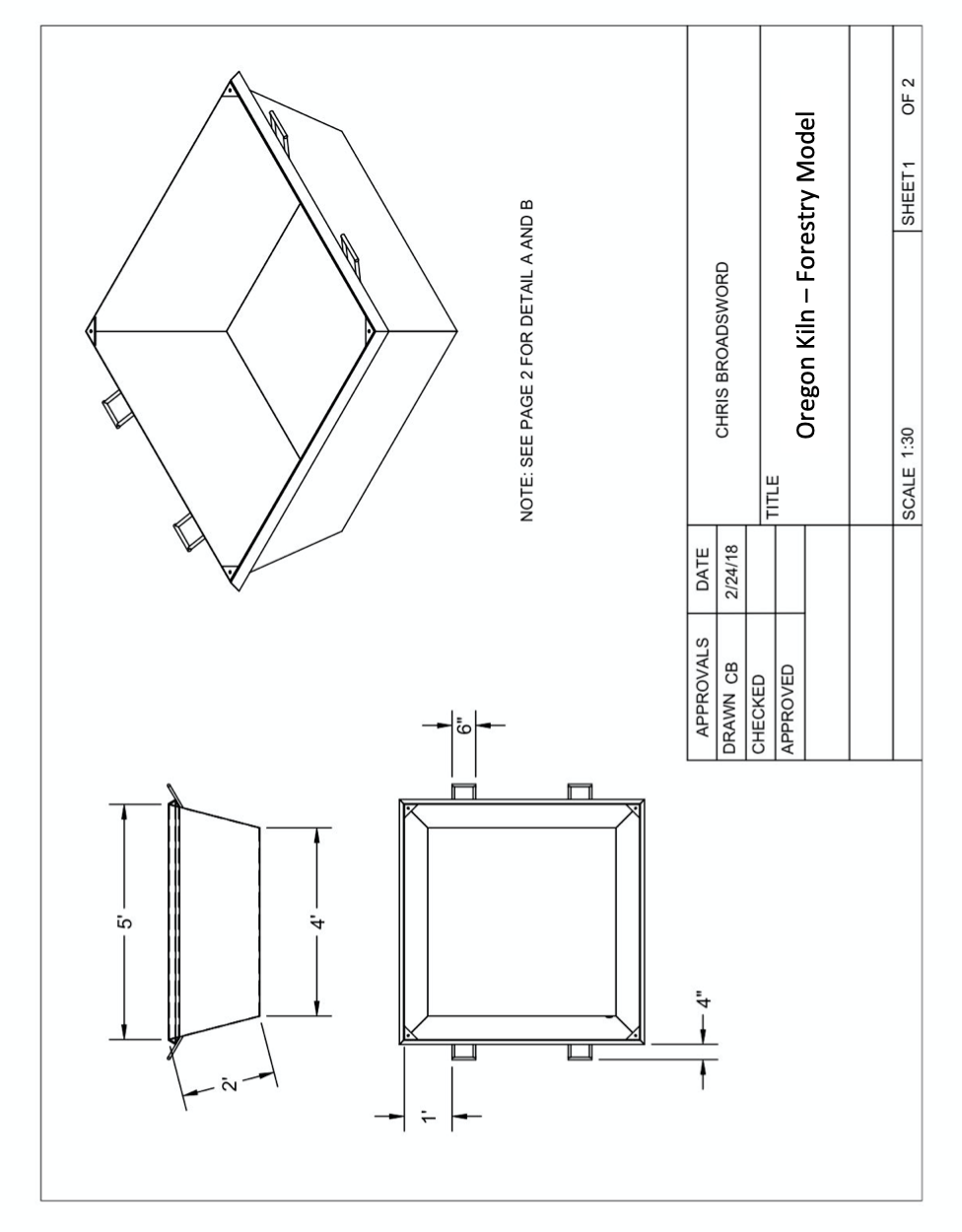
Open Source Kiln Drawings: Oregon Kiln and Ring of Fire Kiln
The Umpqua Biochar Education Team developed flame cap kilns for an NRCS Conservation Innovation Grant.
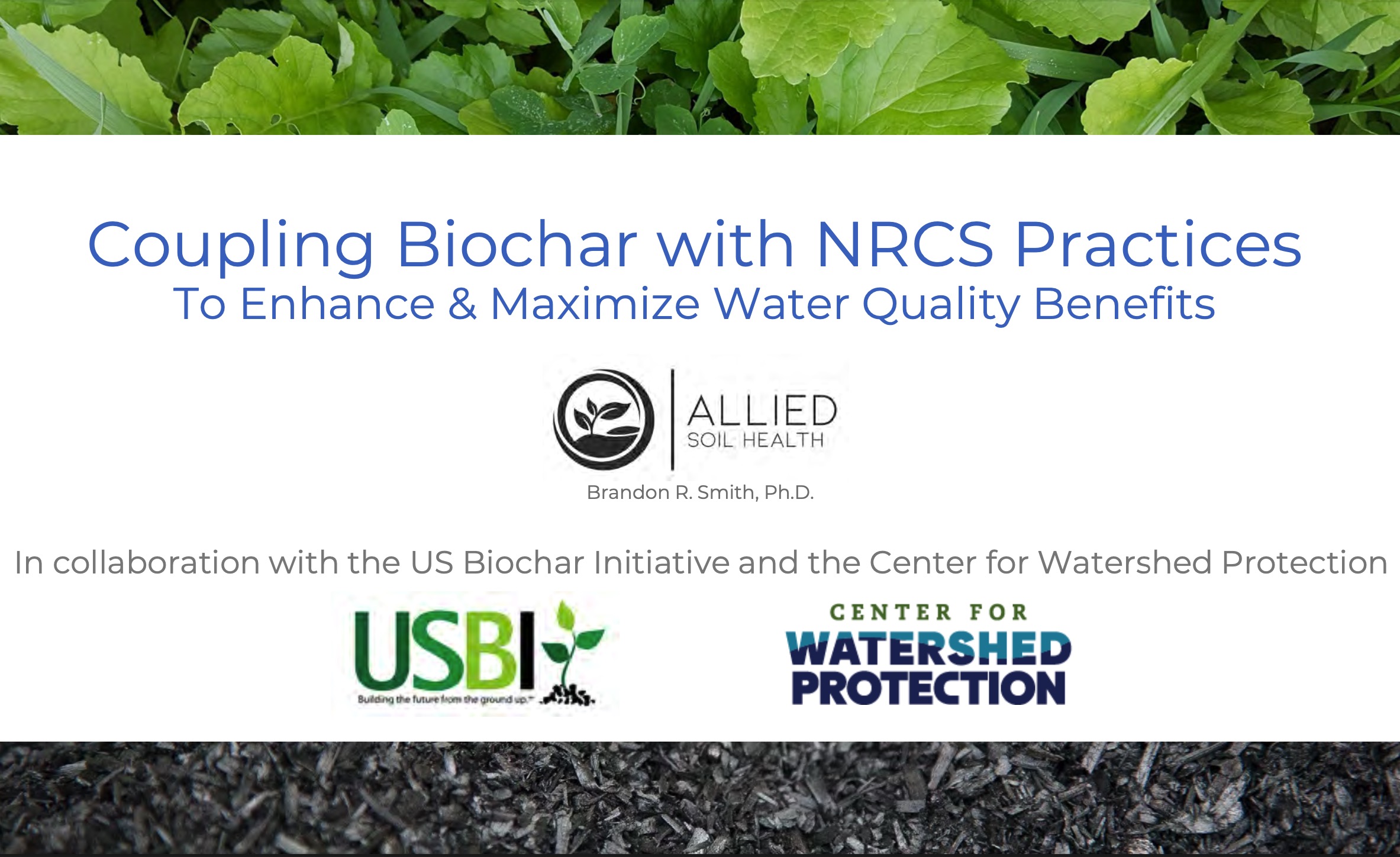
Coupling Biochar with NRCS Practices to Enhance and Maximize Water Quality Benefits
Center for Watershed Protection Presentation
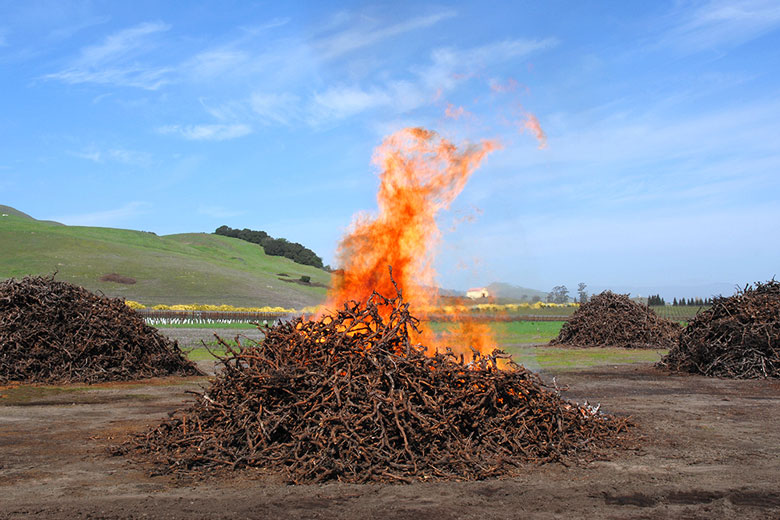
WHAT’S BIOCHAR? HOW TO STABILIZE CARBON IN YOUR SOIL
Biochar, otherwise known as charcoal, is an age-old method of increasing soil health. Learn more about the science and how to make your own biochar…
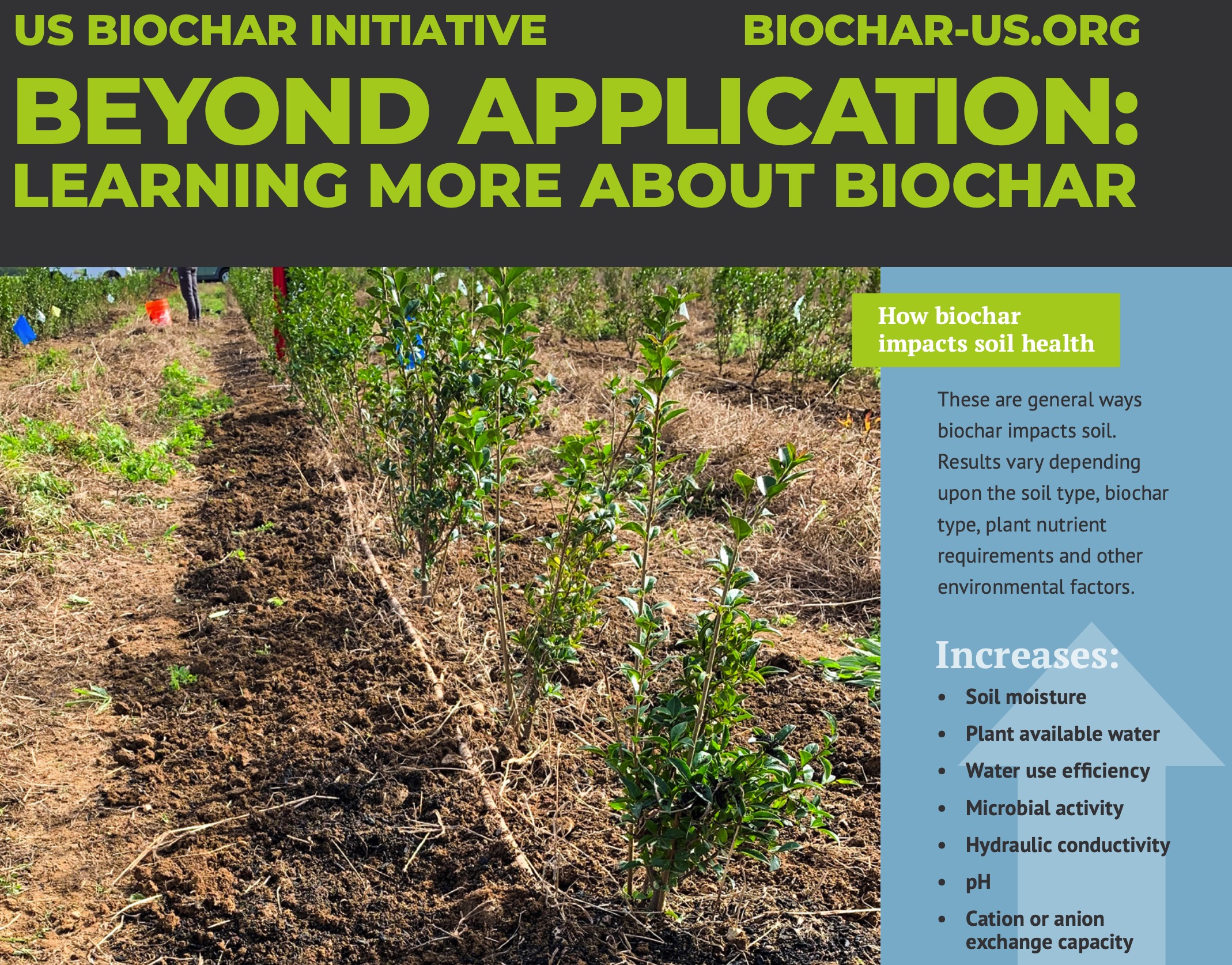
Beyond Application Fact Sheet
This is the companion Fact Sheet to the BIOCHAR GUIDELINES FOR AGRICULTURE APPLICATIONS document.
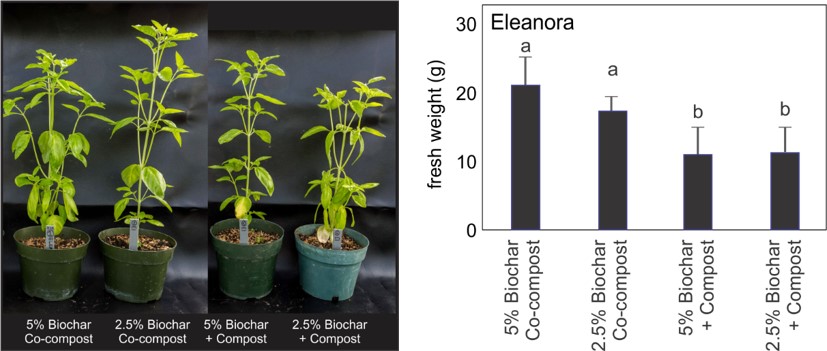
The Devil is in the Process: Co-composting Biochar Could Benefit Crop Growth and the Environment
Biochar has the potential to sequester carbon and improve the properties of soils when used as an agricultural amendment.
